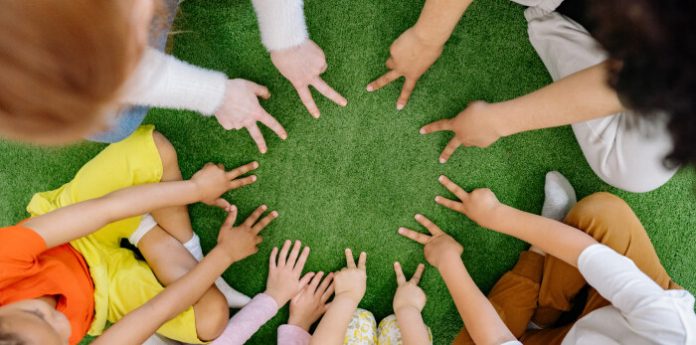When it comes to discipline in the classroom, teachers can take several different approaches. Some teachers may prefer a more traditional process involving punishment to get students to behave. Other teachers may use restorative practices in the classroom, focusing on repairing relationships instead of punishing students. But what exactly are restorative practices, and how can they help improve classroom dynamics?
Math & ELA | PreK To Grade 5
Kids see fun.
You see real learning outcomes.
Watch your kids fall in love with math & reading through our scientifically designed curriculum.
Parents, try for free Teachers, use for free
Specific Restorative Practices for Teachers to Use
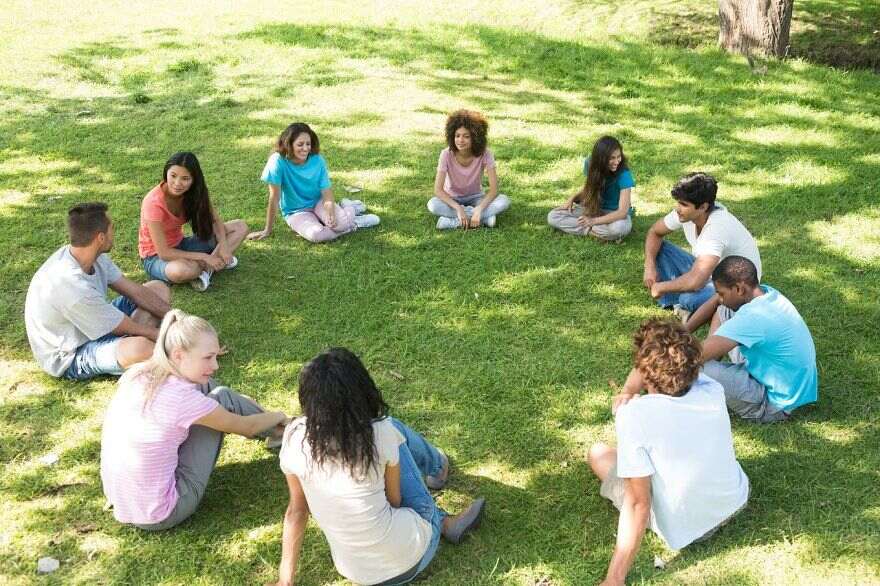
If you want to use restorative practices effectively, choosing the proper technique for the situation is essential. Here are some restorative practices that teachers can use in their classrooms!
Related Reading: Best Classroom Games to Help Teachers Elevate Their Efforts
1. Circles
Circle Processes are a restorative practice used in various settings, including schools, families, and workplaces. In a circle process, everyone sits in a circle and has an equal chance to speak and be heard. Teachers can use this practice to build relationships, resolve conflict, and promote healing.
Teachers can use circles in a variety of ways, but they typically involve three stages:
Check-in: In this stage, everyone in the circle shares their feelings. This helps everyone connect and creates a safe space for sharing.
Discussion: The group discusses the issue at hand in this stage. This is an opportunity for everyone to share their thoughts and feelings about the issue.
Check-out: Again, everyone in the circle shares how they’re feeling. It ensures that everyone is on the same page and that any conflict is resolved.
2. Restorative Conversations
Restorative conversations are one-on-one conversations between a teacher and a student. They allow the student to share their side of the story and for the teacher to understand what happened and why. Restorative conversations are not about punishment but rather about understanding and repairing the harm caused.
3. Class Meetings
Class meetings are a regular part of restorative practices in the classroom. They allow students to share their feelings and work together to resolve conflicts. You can also use class meetings to brainstorm solutions to problems, celebrate successes, and build community.
4. LOGS
LOGS stands for “Listen, Observe, Guess, and Support.” This restorative practice can be used when a student exhibits disruptive or challenging behavior. The teacher begins by listening to the students and understanding their perspective. They then observe the student’s behavior. Next, they guess what might be causing the student’s behavior. Finally, they offer support to the student. This practice can help the teacher to understand the student’s behavior and find a way to support them.
Related Reading: Best Teaching Tools for Uplifting Classroom Standards
What Are Restorative Practices?
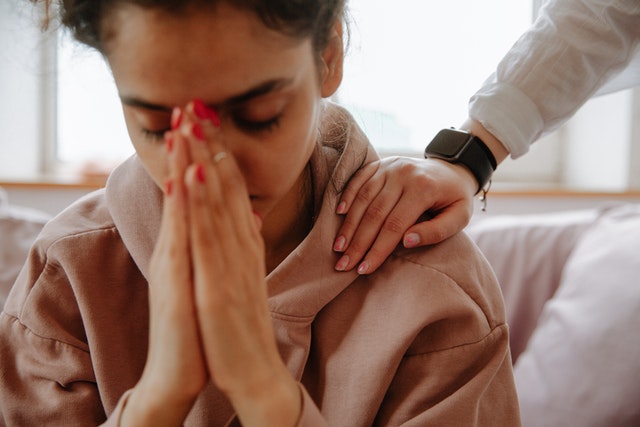
Restorative practices address conflict and negative behaviors that emphasize repairing relationships instead of punishing the person who engaged in the negative behavior. This approach is based on the belief that everyone is connected and that when someone hurts someone else, it affects the victim and the community as a whole.
Teachers can use several different restorative practices in their classrooms; we will discuss a few of the most popular ones. But first, let’s take a look at how restorative practices can help improve classroom dynamics.
How Can Restorative Practices Help Improve Classroom Dynamics?
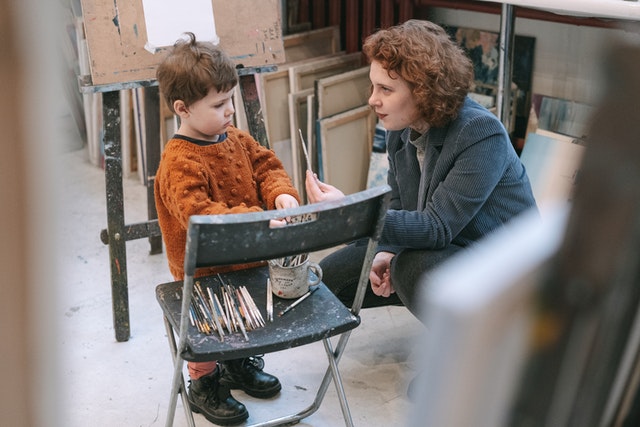
Related Reading: Best Classroom Decoration Ideas for Teachers
Punishment-based approaches to discipline often result in students feeling angry, resentful, and discouraged. These negative emotions can lead to further misbehavior and make learning difficult for students. On the other hand, restorative practices help students take responsibility for their actions and repair the harm they’ve caused. Here are some benefits of using healthy practices in the classroom!
1. They Can Help Build Stronger Relationships
Restorative practices help build strong relationships between teachers and students and between students. When students feel connected to their teachers and classmates, they’re more likely to behave well.
2. They Can Encourage Positive Behaviors
With restorative practices in the classroom, students are more likely to take responsibility for their actions and engage in positive behaviors. This is because they know that their misbehavior will not result in punishment but instead will be an opportunity to repair the harm they’ve caused.
3. They Can Reduce Conflict
Conflict is a natural part of life but can be detrimental to the learning environment. Restorative practices can help reduce conflict by teaching students how to resolve disputes constructively.
4. They Promote the Development of Social and Emotional Skills
Restorative practices allow students to develop critical social and emotional skills like communication, empathy, and problem-solving. These skills are essential for academic success and can help students in all areas of their lives.
5. They Can Promote Inclusivity
Traditional approaches to discipline often punish students for misbehavior, leaving them feeling excluded from the classroom. On the other hand, restorative practices promote inclusivity by involving everyone in repairing the harm that’s been caused.
Now that we’ve seen how restorative practices can help improve classroom dynamics, let’s look at some specific healthy methods that teachers can use in their classrooms.
Related Reading: Interesting Social-Emotional Learning Activities for Classroom
How Can You Implement Restorative Practices in Your Classroom?
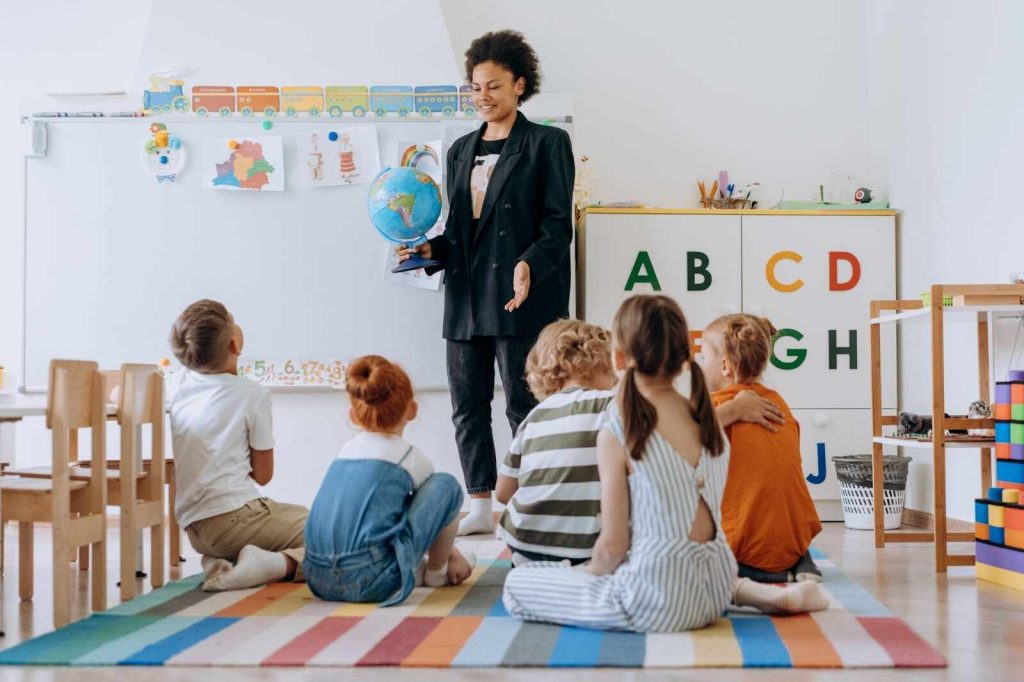
If you’re interested in implementing restorative practices in your classroom, you can do a few things to get started.
1. Choose the Right Practice
As we mentioned earlier, choosing the proper restorative practice for the situation is essential. Not all methods will work in all cases. Consider the following factors when choosing a restorative practice:
- The age of your students
- The severity of the situation
- The number of people involved
- The relationship between the people involved
2. Build Relationships
Building positive relationships with your students is essential for restorative practices to be successful. When students feel safe and connected to their classmates and teachers, they’re more likely to open up and participate in restorative practices.
You can build positive relationships with your students in several ways, including greeting them at the door, having regular class meetings, and taking time to get to know each student.
3. Model the Behavior
It’s essential to model the behavior you want to see from your students. If you ask them to participate in restorative practices, you must be willing to do the same. This will help them see the value of restorative practices and feel more comfortable participating.
4. Be Consistent
Restorative practices need to be consistently used for them to be effective. If you only use them occasionally, your students will likely not take them seriously. Making restorative practices a regular part of your classroom routine is crucial.
5. Give Feedback
Giving feedback to your students after they participate in restorative practices is also essential. This will help them to understand what they did well and what they can improve on.
Let’s Make Your Classroom A Better Place!
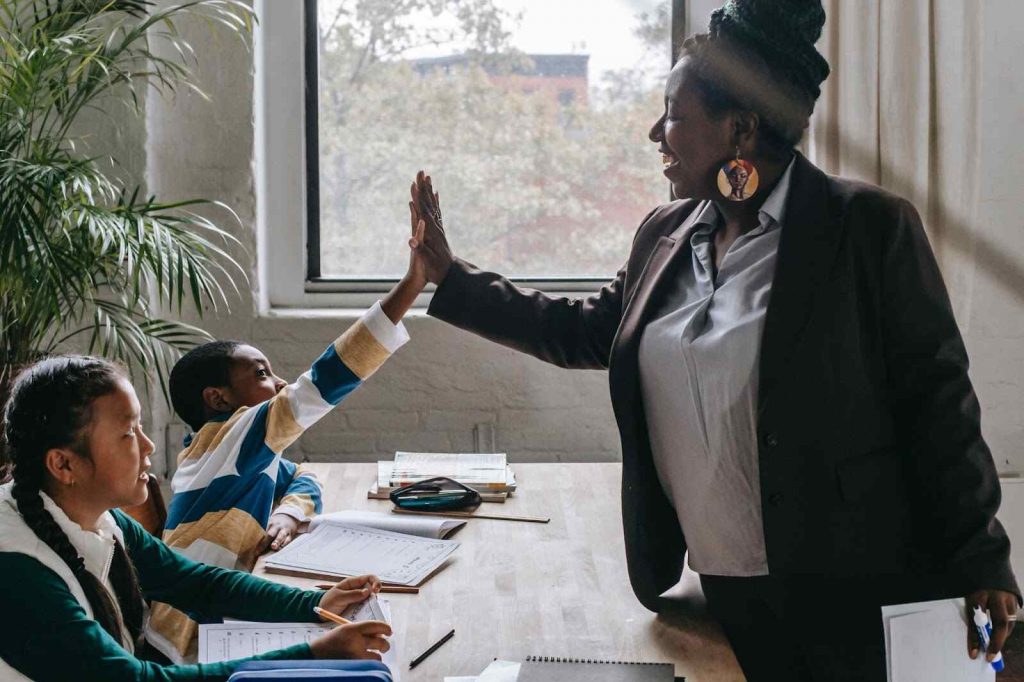
Classrooms that use restorative practices are generally calmer and more productive. When students feel heard and respected, they can learn better. Additionally, restorative practices can help build a stronger sense of community in the classroom. With the tips discussed in the blog, you can start implementing restorative procedures in your classroom today! So, what are you waiting for? Let’s make your classroom a better place!
Frequently Asked Questions
Why do restorative practices benefit all students?
Restorative practices allow all students to have a voice in the classroom. They also help to build positive relationships between students and teachers. Additionally, restorative practices can help reduce behavioral issues in the classroom.
What are some challenges of implementing restorative practices?
The biggest challenge of implementing restorative practices is that they can take time to learn and master. Moreover, restorative practices require a commitment from both teachers and students. However, the benefits of restorative practices outweigh the challenges.
What ways can I get my students to participate in restorative practices?
You can encourage your students to participate in restorative practices, including providing direct instruction, modeling restorative practices yourself, and making restorative practices a part of your classroom routine.
What are some questions I can ask my students during a restorative practice?
Some questions you may want to ask your students during a restorative practice include:
- What was the impact of your actions on others?
- What do you think you could have done differently?
- What do you need from others to make things right?
- How can we prevent this from happening again in the future?
How can I make restorative practices a part of my regular classroom routine?
Like any new approach, restorative practices take time to learn and implement. The key is to start small and build on success. So, don’t try to do everything at once. Instead, focus on one or two restorative practices and integrate them into your routine.

















